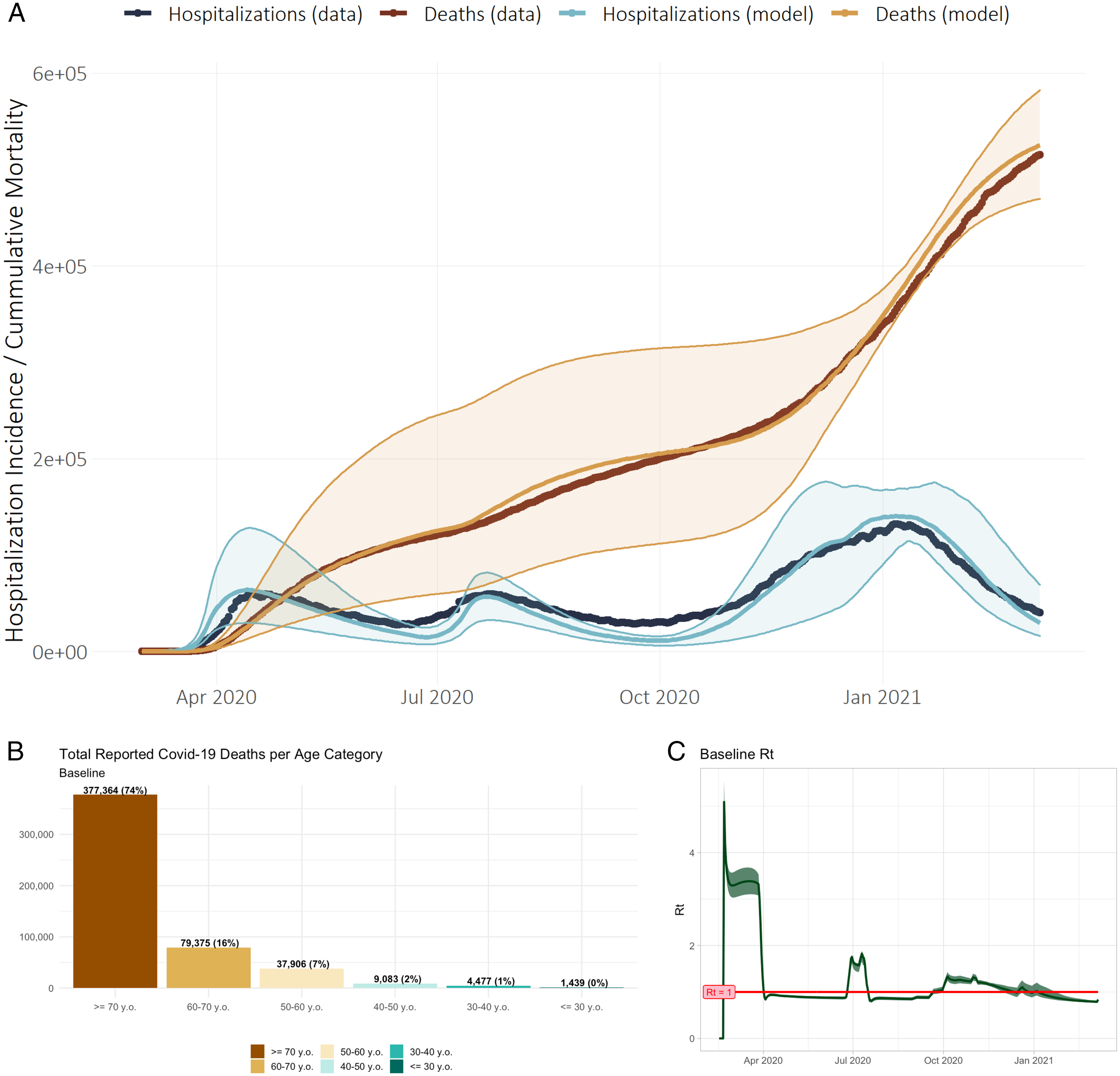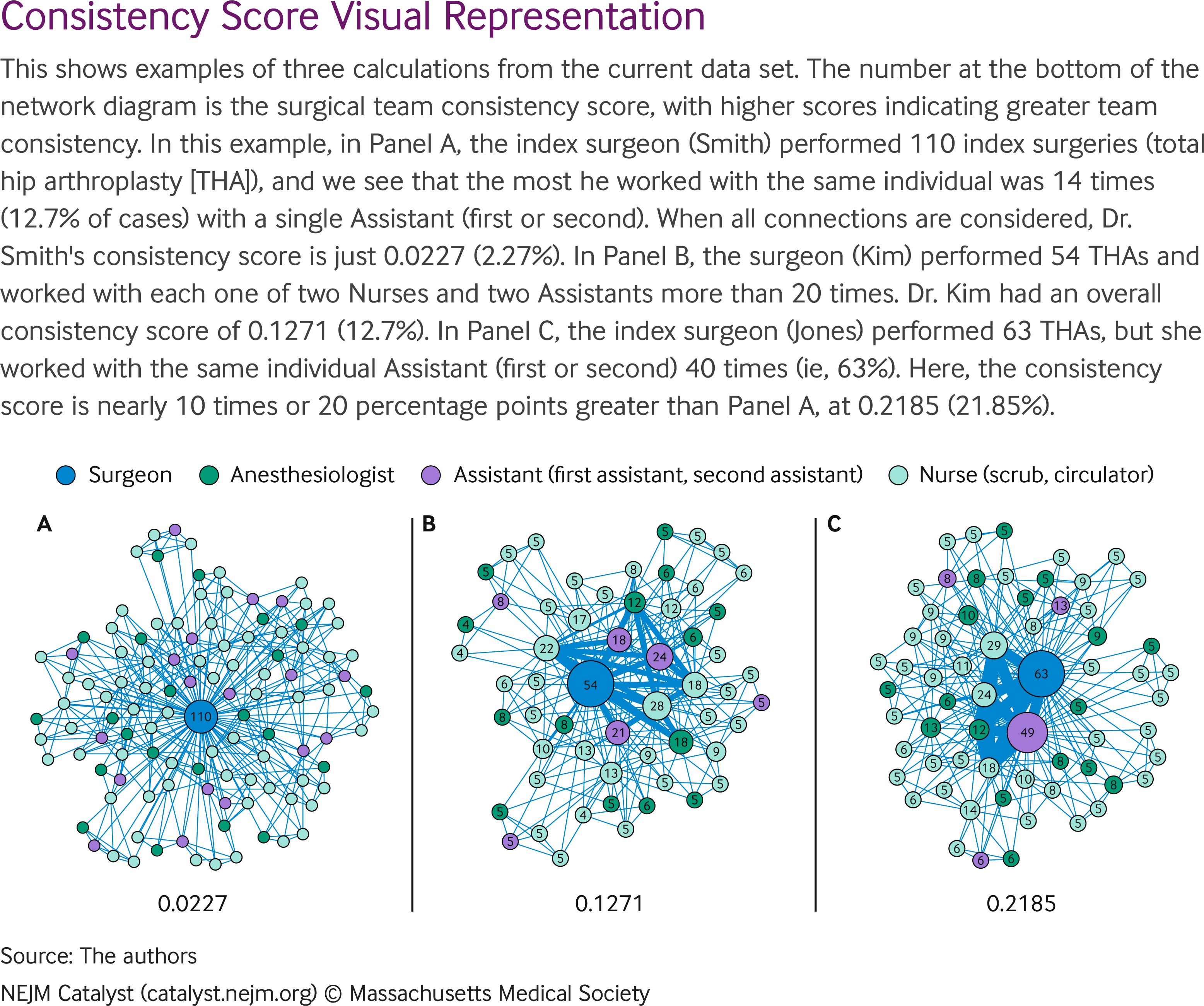
Research
Through clinical guides, theoretical modeling, and commentary pieces, I have contributed to the evolving knowledge of the value, uses, and potential limitations of disaster response logistic and disease modeling to inform public health action and health care delivery. As mathematical and simulation modeling have become increasingly common in public health practice and emergency health care response, understanding the proper uses and limitations of models is increasingly important. I have been a national leader in this area both as a key advisor to the U.S. government for the last two decades and as co-author of several position papers and consensus documents on the subject. As a Medical Advisor to the CDC, DHHS, and New York State government, I contributed to the Federal response to the 2009-10 H1N1 pandemic, the Haiti cholera outbreak, the 2014 West Africa Ebola outbreak, the 2016 Zika Virus outbreak, and the 2020-21 COVID-19 pandemic.

Figure 1: International Journal of Production Economics (2023) 262:108921, https://doi.org/10.1016/j.ijpe.2023.108921.

Figure 2: PNASci U S A. 2022 Jan 18;119(3). doi: 10.1073/pnas.2025448119.
Figure 3: NEJM Catal Innov Care Deliv 2022;3(12) DOI: 10.1056/CAT.22.0244
Current Projects:
1. Global survey of COVID-19 simulation (with WHO)
2. Operations research modeling of mass vaccination and hospitalization for emerging pandemics
3. Novel mathematical models of population effects of emerging respiratory pathogens
4. Communication and ethics of mathematical modeling
Bio
Dr. Hupert is a physician and researcher at Weill Cornell Medical College of Cornell University (in New York City) who co-directs Cornell’s Institute for Disease and Disaster Preparedness. His research has focused mainly on public health and emergency response logistics, including for the COVID-19 pandemic: he helped create and is the Policy Lead for the University of Oxford-based COVID-19 International Modeling (CoMo) Consortium and served on the New York State COVID Modeling Task Force. Earlier, he served for 10 years as Senior Medical Advisor in the US Centers for Disease Control (CDC) Division of Preparedness and Emerging Infections, and was on the Scientific Advisory Board of the US National Institute of Health’s Modeling of Infectious Disease Agent Study (MIDAS). He now teaches about the uses of dynamic disease modeling and operations research modeling for health policy in the Weill Cornell graduate school and the Oxford Masters in Modeling for Global Health program. Clinically, he works as an internal medicine hospitalist at New York City’s Lower Manhattan Hospital, having trained at Harvard’s Medical School and School of Public Health, and at the University of Pittsburgh. He is also a photographer and a competitive rower.
Distinctions:
- Co-Director, Cornell Institute for Disease and Disaster Preparedness
- Honorary Visiting Research Fellow, University of Oxford Nuffield Department of Medicine, Oxford UK
- Fellow, Atkinson Center for Sustainability, Cornell University
- Policy Lead, COVID-19 International Modeling Consortium (CoMo International)
Selected Publications:
- Muckstadt JA, Klein MG, Jackson PL, Gougelet RM, Hupert N. Efficient and effective large- scale vaccine distribution. International Journal of Production Economics. 2023 August; 262:108921. Available from: https://doi.org/10.1016/j.ijpe.2023.108921 PII: S0925527323001536
- Kirksey, M., Sasaki, M., Grace, D., McLawhorn, A. S., Kunze, K., Do, H., Schmucker, A., Lyman, S., Magid, S., DeNegre, S., & Hupert, N. (2022). A Novel Network-Based Metric of Surgical Team Consistency Opens Opportunities to Improve Hospital Performance and Care Value. NEJM Catalyst Innovations in Care Delivery, 3(12), Article A268. https://doi.org/10.1056/CAT.22.0244
- Ghosh AK, Venkatraman S, Reshetnyak E, Rajan M, An A, Chae JK, Unruh MA, Abramson D, DiMaggio C, Hupert N. Association between city-wide lockdown and COVID-19 hospitalization rates in multigenerational households in New York City. PLoS One. 2022;17(3):e0266127. PubMed Central PMCID: PMC8967012.
- Hupert N, Marín-Hernández D, Gao B, Águas R, Nixon DF. Heterologous vaccination interventions to reduce pandemic morbidity and mortality: Modeling the US winter 2020 COVID-19 wave. Proc Natl Acad Sci U S A. 2022 Jan 18;119(3) PubMed Central PMCID: PMC8784160.
- Silverman JD, Hupert N, Washburne AD. Using influenza surveillance networks to estimate state-specific prevalence of SARS-CoV-2 in the United States. Sci Transl Med. 2020 Jul
